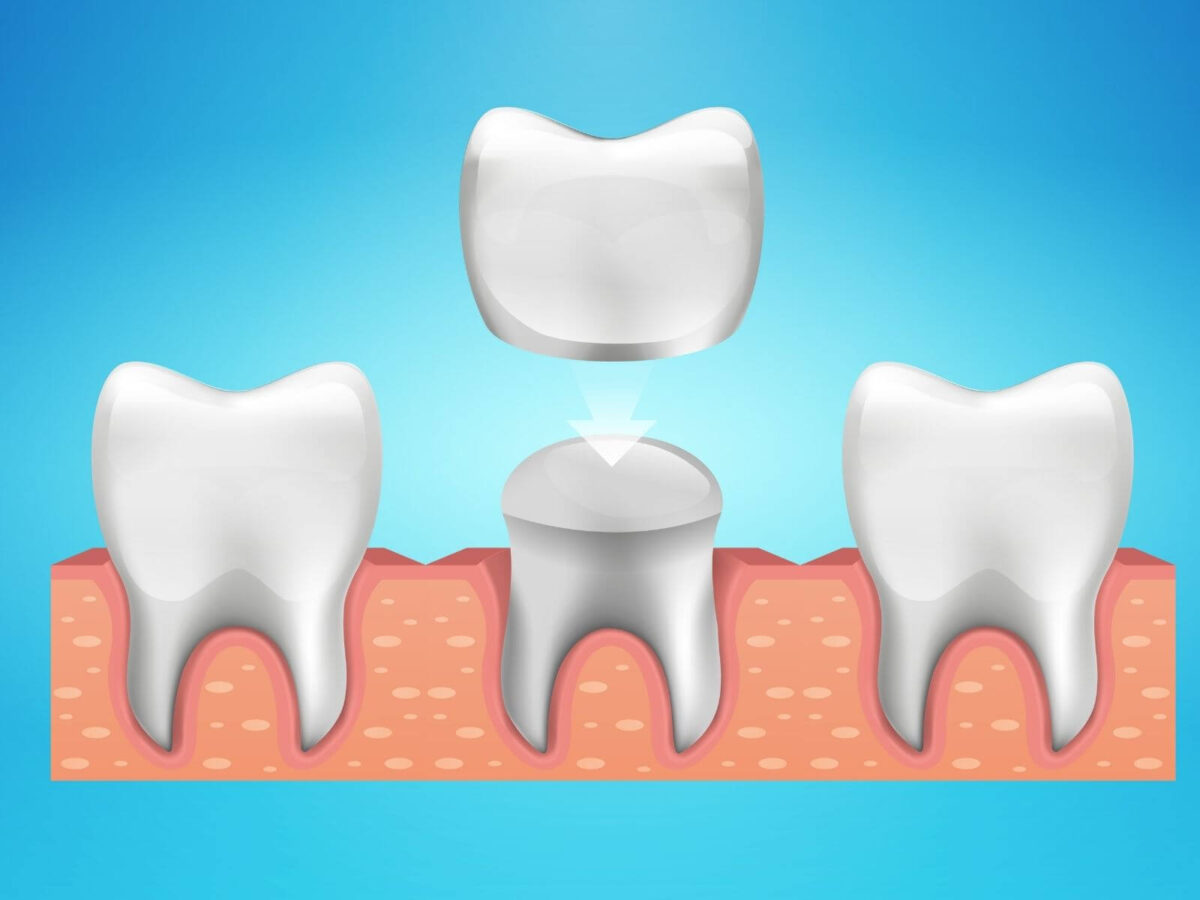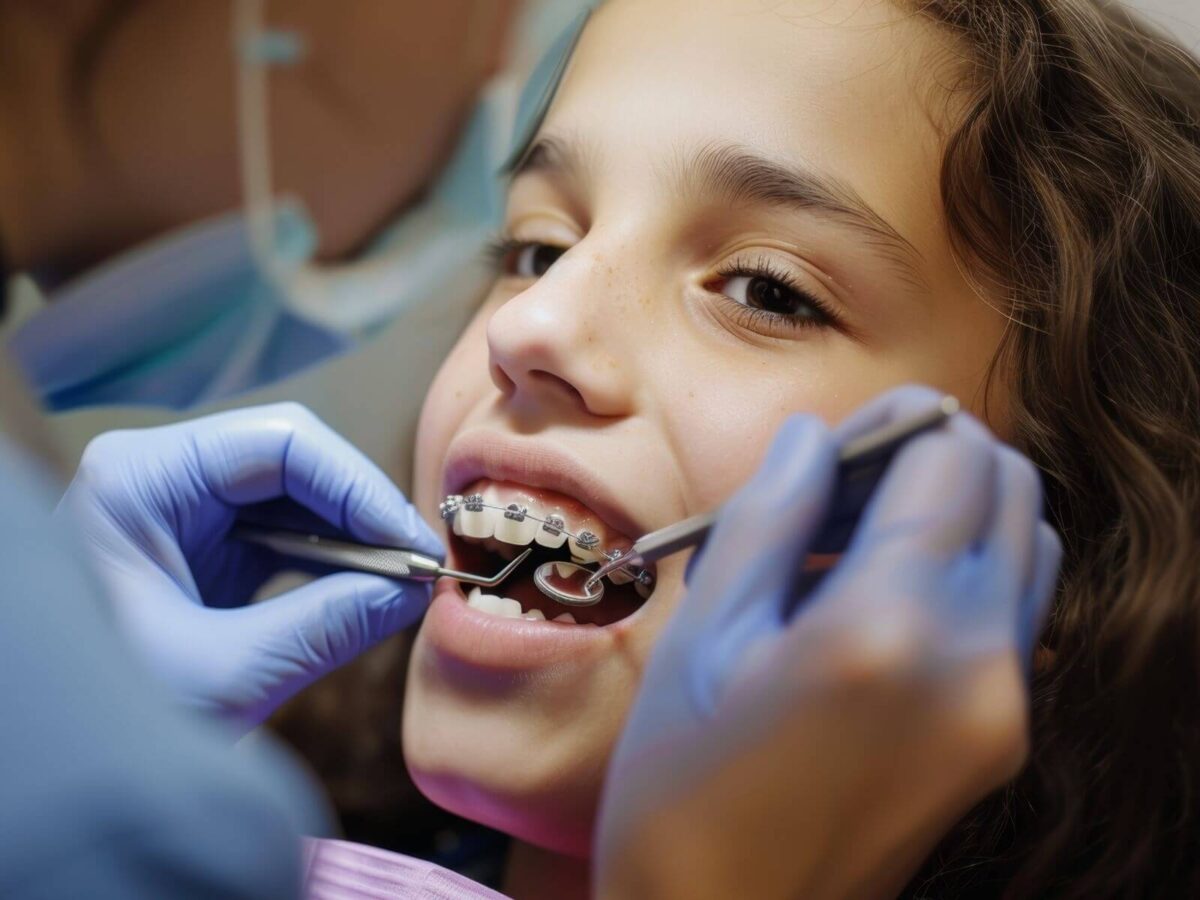People practice various techniques to improve oral health. But despite efforts, cleaning every nook and corner is difficult. Most people use dental sealants as a protective layer. It protects their mouth from tooth decay. This sealant provides a protective shield over the enamel and covers every groove or depression properly.
But why is the use of dental sealant effective? And how can they improve your oral health?
Let us explore this article to learn the importance of dental sealants. It includes information about how to apply sealants and how long they last.
Dental Sealants
Children can get this protective sealant on permanent teeth such as molars and premolars. This can protect their teeth from losing teeth prematurely.
Most kids between six and fourteen are ideal candidates for dental sealants. Children are not particular about oral care and might miss a spot while brushing. Oral health is essential, but without effective brushing on each groove and depression, tooth decay is possible.
Sealants are a thin coating of protective layers that quickly bond with the surface of teeth. They protect teeth from germs, food particles, and plaque buildup. This reduces the risk of tooth decay or enamel removal. They seal off the surface of teeth and act as a protective barrier for many years.
Purpose of Sealants
Dental sealants are liquid-coating substances that act as a protective barrier for teeth. It covers all surfaces of teeth and hands to prevent cavity-causing bacteria. It is made up of two types of materials:
- Resins ( Plant-based or synthetic)
- Glass Ionomers (glass powder with water-soluble acid)
Back teeth have deep grooves, which are difficult to clean. After chewing, the food might get trapped in these and result in tooth decay. Dentists apply a layer of sealant to protect food particles from getting trapped. It protects children’s permanent teeth and their baby teeth to hold the socket and prevent tooth decay.
How To Apply Sealants?
The steps to apply dental sealants:
Step 1: The dentist cleans teeth properly first to ensure no food particles are trapped.
Step 2: They will dry the surface of teeth using cotton gauze.
Step 3: They will put a small amount of acid etching solution to make sealants bond properly with the teeth’ surface.
Step 4: They will ask you to rinse off this solution.
Step 5: They will paint the sealant material on each surface of your teeth.
Step 6: Once all surfaces are painted, they will harden the sealant using a curing light.
Step 7: Children can now enjoy protected teeth without the risk of tooth decay.
How long do Dental Sealants Last?
Most dental sealants can stay as it is for over a decade. They need regular checkups to ensure no chipping or wearing is present. Your dentist will replace the sealant layer if you need it. It is also necessary to avoid decay under the sealant layers. Your dentist can check out if wearing or chipping is due to decay.
Dental sealants need regular checkups and maintenance for longevity. If you observe oral issues, it is better to ask your dentist for denX-rays every few years. Oral exams and appropriate treatment can help you prevent many oral problems.
Pros and Cons
Dental sealants are an affordable way to protect against tooth decay. But it can wear off if not maintained properly. Here are the benefits and disadvantages of sealants in detail:
Advantages
Cavity Prevention
- Dental Sealants act as a protective barrier and can reduce tooth decay by up to 80%.
Painless and Quick
- Sealants are easy to apply and quick procedure. It is painful and that makes it an effective solution for kids and even adults.
Better Oral Health For Kids
- Sealants help protect permanent teeth. They can prevent decay in kid’s cavity-prone years and improve their oral health.
Disadvantages
- Limited Lifespans
Sealants are useful for only a few years and need regular replacement. - Not suitable for All Teeth Types
They are not suitable for partially erupted teeth or teeth with decay or fillings. They are useful for permanent teeth and baby teeth only. - Insurance Coverage
Most insurance providers do not offer claims for dental sealants. They might be available for children, but not for adults. - BPA
BPA or Bisphenol-A is a complex substance present in some sealants. It is associated with some health conditions and might not be suitable for everyone. - Regular Maintenance
Dental sealants require a lot of dental exams to ensure it is not chipped. It requires reapplication if it wears out. With time, brushing can also affect its durability. Your dental sealant can also decay under it, resulting in severe complications.
Conclusion
Dental procedures such as Dental sealants offer simple and effective protection against decay. It is affordable to cover your tooth surface and avoid cavity-causing bacteria attacking your enamel. You can improve your oral hygiene and restore oral function with dental insurance coverage.
You can contact experts at Victoria Dentist, TX, to get your oral health protected today. With professional guidance and sealants for teeth, you can improve your oral health and restore your smile.





